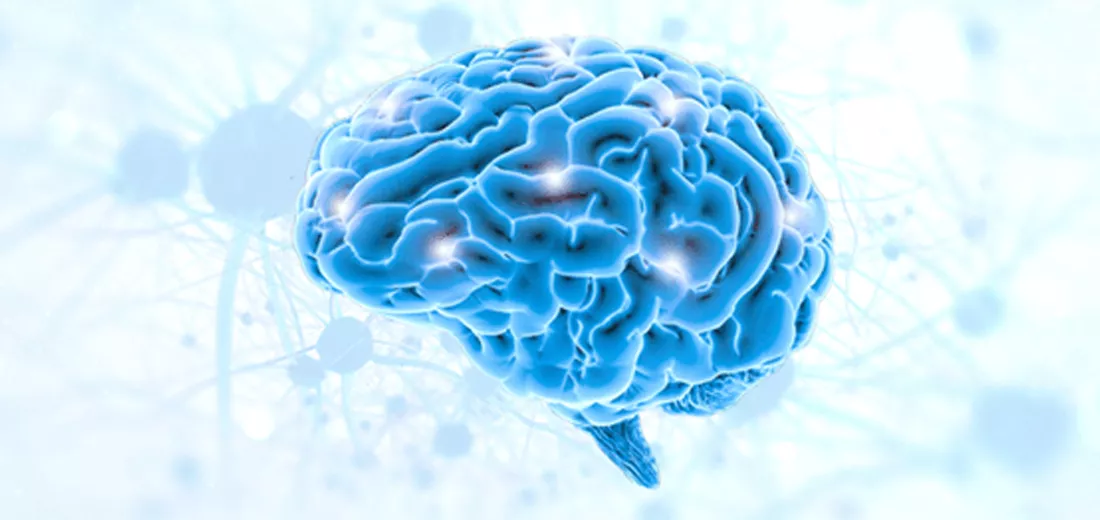by Maj. Gen. Dr.Somasundaram Kumaravelu Retd.
Migraine is a neurological illness that can last a lifetime and is characterized by recurrent moderate to severe headaches on one side of the brain. Headache is a term used to describe a wide range of pain symptoms that originate in various areas of the head.
When you have pressure or pain in your head, it might be difficult to identify if you have a headache or a migraine episode.
It is critical to distinguish migraine from other headache conditions and vice versa. It may result in quicker alleviation due to more tailored treatments based on the type of headache. It can also aid in the prevention of future headaches.
So, how can you distinguish between a common headache and a migraine attack?
What is a headache?
Headaches are painful feelings in the head that can produce pressure and ache. These normally happen on both sides of your head, and the discomfort can be mild to severe. The following are some specific sites where headaches might occur:
- Forehead
- Temples, and
- Back of neck
A common headache lasts anything from 5 minutes to 4 hours. Some migraine attacks might linger for days or even weeks.
The most prevalent type of headache, according to the World Health Organization (WHO), is a tension headache. This form of headache is triggered by ocular strain due to stress and anxiety, and Muscle strain
What is a migraine?
Migraine attacks are acute or severe, and they frequently include symptoms other than headache pain. Among the symptoms of migraine without aura are:
- Ache in the neck and shoulders
- Nausea
- Pain behind one eye or ear
- Temple pain
- Sensitivity to light and/or sound
- Vomiting
- Muscle aches
When compared to tension or other types of headaches, migraine discomfort can range from mild to severe. Some people may get migraine attacks that are so severe that they need to visit a Neurologist.
Migraine attacks usually affect only one side of the brain. It is conceivable, however, to have a migraine attack that affects both sides of the brain. Additional distinctions include the intensity of the pain. A migraine attack causes extreme discomfort that may throb and makes performing ordinary tasks difficult.
Migraine episodes are often classified as migraine with aura or migraine without aura. An "aura" is a set of feelings that a person feels before a migraine attack. The symptoms usually come 10 to 30 minutes before a migraine episode. These are some examples:
- Having difficulty thinking or feeling less cognitively alert
- Noticing flashing lights or strange lines
- Tingling or numbness in the face or hands a strange sense of smell, taste, or touch
Some migraine sufferers may have symptoms a day or two before the real migraine attack. These subtler symptoms, known as the "prodrome," can include:
- Constipation
- Depression
- Yawning on a regular basis
- Irritation
- Food desires
Migraine causes
Individuals who have migraine attacks describe a variety of factors that are related to them. They are known as migraine triggers, and they might include:
- Anxiety over one's emotions
- Insufficient sleep
- Missing meals
- Contraceptives
- Alcohol
- Hormonal shifts
- Alterations in altitude alterations in barometric pressure
- Caffeine addiction
Hormone changes can cause a menstrual migraine headache, which can occur a few days before and during the first 1 to 2 days of a period.
Early detection and treatment
Headaches can range from mildly inconvenient to severe and incapacitating. Recognizing and treating headaches as soon as feasible might assist a person in engaging in preventive therapy to reduce the likelihood of future headache.
It may be difficult to differentiate migraine attacks from other types of headaches. Pay close attention to the time before the headache begins for signs of an aura, and report any unusual symptoms to the Neurology hospital.







